Megger Time Domain Reflectometers (TDRs)
Discover the best Megger Time Domain Reflectometers for precise cable testing. Ensure accuracy and reliability in your measurements. Read the article now!
Find out more about Megger Time Domain Reflectometers (TDRs) below.
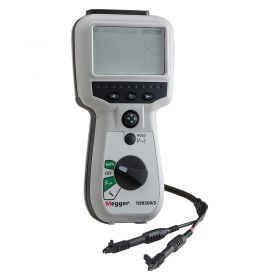
- Locate cable faults up to 5km away
- Automatic test selection for ease of use
- Trace hold function
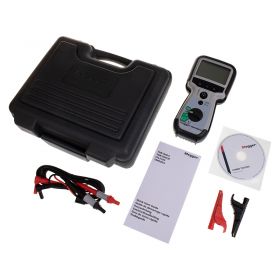
- Single channel instrument
- Suitable for use on metallic cabling to 5000m
- High accuracy testing instrument
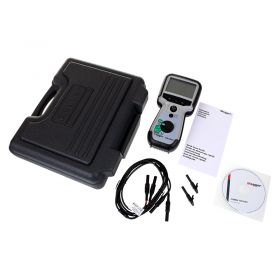
- For use on long-length metallic cables
- Accurate tracing of fault locations
- Adjustable velocity factor caters for different cable types
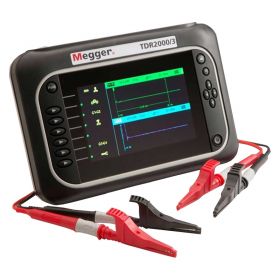
- Available in two models that vary in regards to their supplied test lead sets
- Locate faults in metallic paired cables
- Auto Selection function ensures that the reflectometer's parameters are configured to suit the application
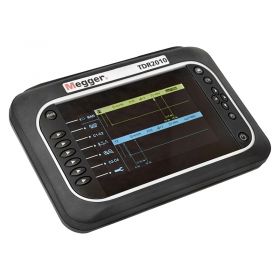
- Locate faults on metallic paired cables
- Large, backlit, WVGA display with a choice of up to eight colour schemes
- Trace Tagging allows the user to save up to 100 traces with alphanumeric identifiers to the locator’s memory
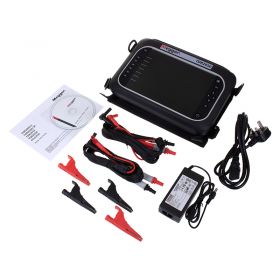
- Locate faults on paired metallic cables
- Auto Selection function configures the tester to suit the application
- Step TDR function for identifying near-end faults
What Are Megger Time Domain Reflectometers?
Megger's Time Domain Reflectometers (TDRs) are handheld devices designed to detect faults in metallic cables. They are widely used in power distribution, telecommunications, and industrial settings to identify issues such as opens, shorts, and impedance mismatches.
What Do Megger Time Domain Reflectometers Measure?
TDRs measure the time it takes for an electrical pulse to travel along a cable and reflect back from any discontinuities. This allows for the detection of:
- Open Circuits: Breaks in the cable where the electrical path is interrupted.
- Short Circuits: Points where conductors are unintentionally connected.
- Impedance Variations: Changes in the cable's characteristic impedance due to damage or splices.
- Cable Length: Determining the total length of the cable or distance to a fault.
How Do Megger Time Domain Reflectometers Work?
TDRs operate by sending a low-energy electrical pulse down the cable. When the pulse encounters a fault or impedance change, part of it reflects back to the device. By measuring the time between the sent and reflected pulses, the TDR calculates the distance to the fault.
Applications of Megger Time Domain Reflectometers
Megger TDRs are utilised across various industries for:
- Power Utilities: Locating faults in underground or overhead power cables.
- Telecommunications: Diagnosing issues in telephone and data communication lines.
- Industrial Maintenance: Routine inspection and troubleshooting of control and instrumentation cables.
- Construction: Verifying cable integrity during installation in new builds.
- Transportation: Maintaining signaling and communication cables in rail and metro systems.
Their precision and reliability make Megger TDRs indispensable tools for professionals dealing with cable diagnostics.


